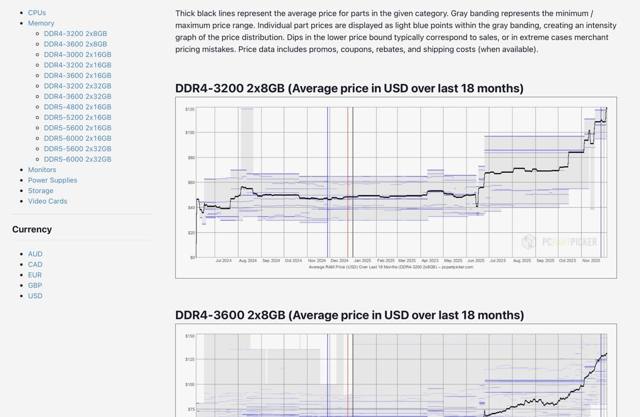My Favorite Apps of 2025
I seldom write about the apps I use every day, so I thought a short note on the what’s and whys might be interesting.
Mobile Apps
- Reeder Classic is still my go-to RSS reader on iOS, and the first thing I open every day at breakfast. I now use it with a private FreshRSS backend that talks to my feed-summarizer, and that stack lets me extract, enrich, combine, and rank pretty much anything out there. I can’t abide the new Reeder and would use NetNewsWire if Classic ever died.
- Ivory remains my primary social network app (as such things go). I’d love it if it also supported Bluesky and Threads, but I honestly don’t engage with either network enough to care.
- DaVinci Resolve has taken up permanent residence on my iPad Pro, and after trying the dismal failure that is Final Cut Pro for the iPad, Apple should be ashamed that a free video editing application is this stupendously powerful.
Desktop Apps
There are four apps that I keep open all the time, and I really mean all the time:
- Obsidian has turned into my primary note-taking and knowledge management app because editing Markdown in it is essentially frictionless (if you discount the stupid markup extensions). I use a very limited set of plugins and sync the vaults myself over SyncThing (including to iOS), and its true superpower is that I can run it on every platform. Pretty much everything I write, plan, or think about ends up in Obsidian first.
- VS Code is another staple in my toolkit. This year I’ve relentlessly cut down on the number of extensions I use, even if the vast array of extensions and customization options make it ideal for coding, writing, and even managing tasks. But the key thing is that it has turned into my AI and agent shell since I now do pretty much everything with LLMs from inside it. And, of course, it’s where I finish and publish nearly all of my writing.
- Ghostty has, rather unexpectedly, grown on me. I avoided committing to iTerm or any other classic Terminal.app alternatives for decades, but somehow it feels right, largely because it’s so seamless. Apple has “improved” the stock terminal at its usual glacial pace, but it just doesn’t feel like home anymore. Under Linux, I replace it with Ptyxis (which ships with Fedora).
- Windows App is my portal to work. I live inside it at least eight hours a day (yes, video calls and all), and it’s probably the most rock-solid piece of software I run. Besides work, I use it to access nearly all my servers that run GUIs, and despite the weird name (and some cognitive dissonance) it works fine with Linux servers.
Then there are the background apps that are also open 100% of the time but that I seldom “use” in the usual sense: Tailscale, Moom, and a little menagerie of supporting characters ranging from full-blown apps to scripts (for instance, I’ve automated away most of my image editing for posts using Shortcuts and system services).
And then there are a few that aren’t open 100% of the time, but that I find indispensable:
- Pixelmator still lives despite having been acquired and, besides being the basis of a lot of scripts, is still the first thing I reach for when I need to edit an image.
- Shapr3D continues to be my favorite CAD and modeling tool. I’ve tried Fusion, OnShape, and the unbearable bundle of paper cuts that goes by the name of FreeCAD, and nothing comes close to it for ease of use. I especially like that I can also use the complete feature set on my iPad when inspiration strikes during the evening.
- OrcaSlicer also spends a lot of time on my desktop, since it’s what I use to run all my 3D printers.
I have to give two honorable mentions, though:
- One to Blender since it’s still the thing I reach for when I need to do any sort of mesh conversions (and has recently become quite a usable video editor).
- And another, surprisingly, to Apple’s own Freeform, which somehow managed to become my go-to whiteboard/mind-mapping/scrapbook app despite its glaring limitations–to the point where I canceled my Xmind subscription.
CLI Tools
Finally, a single honorable mention because I recently realized that I’d stopped typing out git commands by hand after decades of habit: lazygit has become amazingly useful.
I do a lot of quick edits to all sorts of things, and the speed with which I can go in, make changes, stage, commit, and push is incredible. It keeps me in the flow, and the fact that I can also do pulls and edits from inside it (since I can drop into vim by just typing e) is just icing on the cake.













